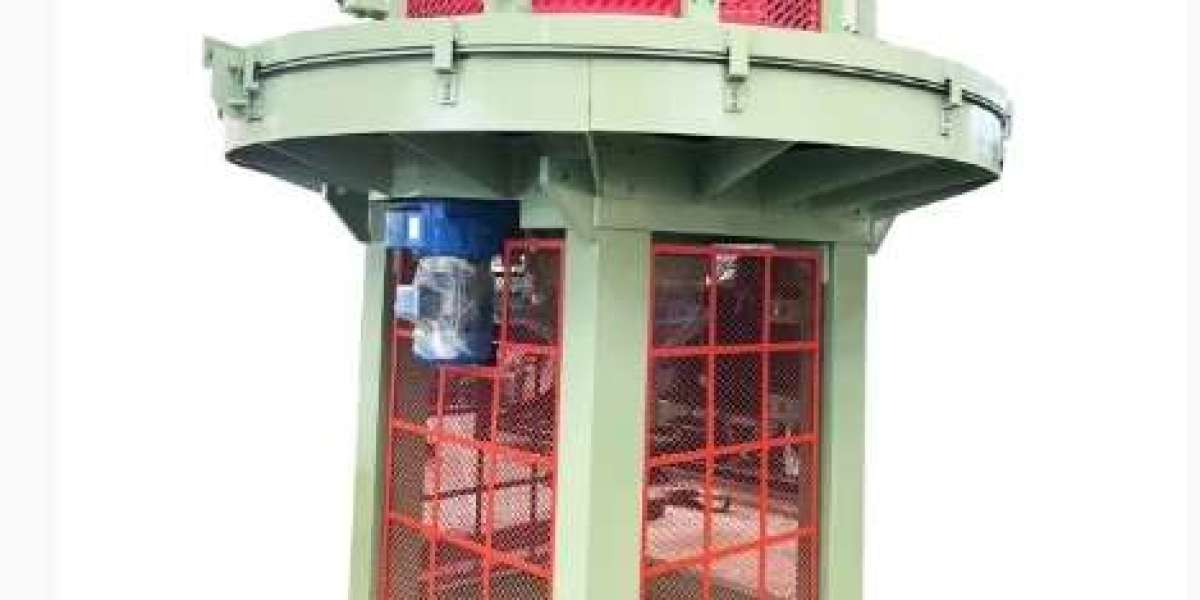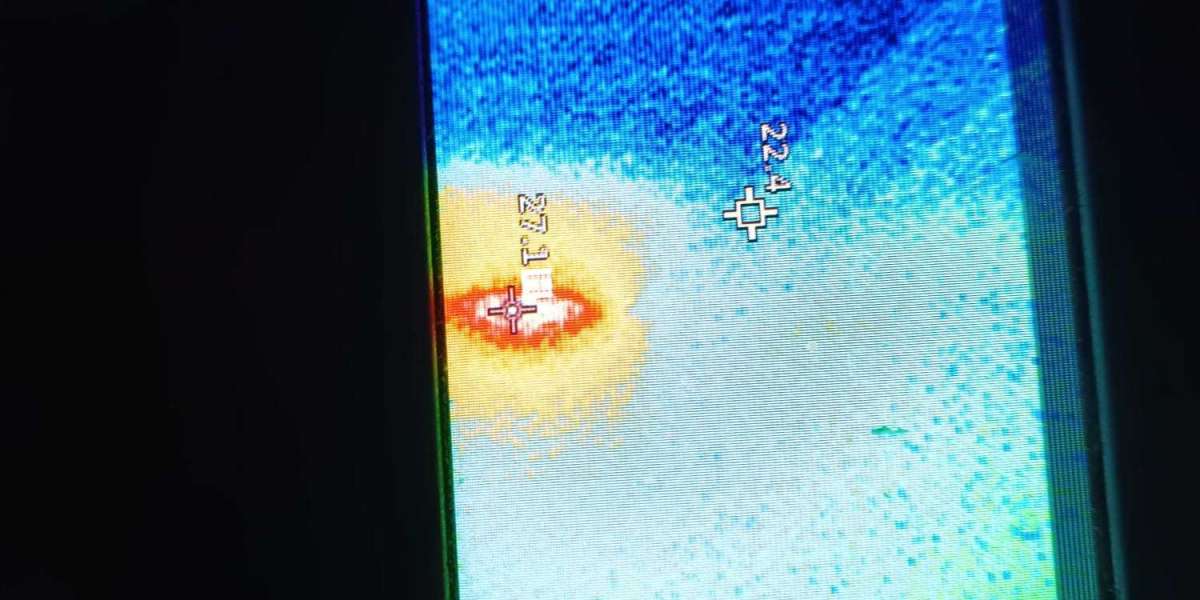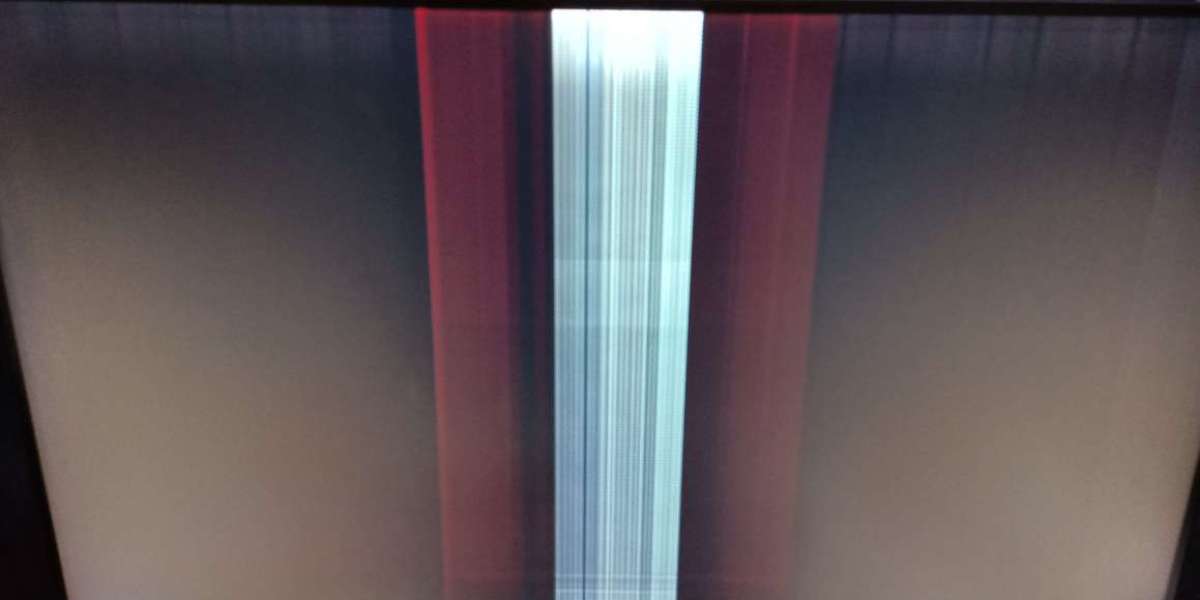The acceptance of industrial applications of compact brick vacuum extruders is an important link to determine the normal operation of the equipment, product quality and production rate. The following is a detailed elaboration of the requirements for the acceptance of industrial applications of compact brick vacuum extruders:
I. Inspection of Equipment appearance and Components
Equipment appearance inspection
Check whether the surface of the equipment is smooth and free of obvious scratches, rust and other defects.
Confirm whether there is no obvious loosening or detachment at the connection points of each component.
Check whether the equipment identification is clear and complete, including information such as the equipment name, model, and manufacturer.
Equipment component inspection:
Confirm whether the electrical, hydraulic, pneumatic and other system components of the equipment are numerous and undamaged or missing.
Check whether the installation of each component complies with the design requirements and whether the connection points are.
For key components such as screws, barrels, and molds, detailed visual inspections and dimensional measurements should be carried out to ensure they meet the design requirements.
Ii. Equipment Performance Testing
Extrusion volume test
Under the set working conditions, test whether the extrusion volume of the equipment meets the design requirements.
Observe the stability of the extrusion volume to ensure that there will be no obvious fluctuations during the production process.
Temperature control test
Check whether the heating and cooling systems of the equipment are working properly and whether the temperature control is accurate.
By adjusting the set temperature and observing the actual temperature changes of the equipment, the temperature control accuracy meets the requirements.
Pressure stability test
Under the set working conditions, test the pressure stability of the equipment.
Observe the pressure fluctuation situation to ensure that there will be no obvious pressure changes during the production process.
Material breakage detection test
Check whether the equipment has the function of material breakage detection and test its usability and accuracy.
Simulate the material cut-off situation and observe the response and processing capacity of the equipment.
Iii. Stability and Environmental Protection Inspection
Stability check
Check whether the stability protection facilities of the equipment are in good condition, such as the emergency stop button, stability protection cover, etc.
Confirm whether there are any stability risks during the operation of the equipment, such as leakage of electricity or high temperature.
Provide stable training to the operators, ensuring they are familiar with the stable operation procedures of the equipment and emergency handling methods.
Environmental protection inspection
Check whether the equipment meets environmental protection requirements, such as whether the emissions of noise, waste gas and waste water are up to standard.
Confirm whether the equipment is equipped with environmental protection facilities, such as waste gas treatment devices, noise reduction devices, etc.
Iv. Inspection of Production Line Layout and Coordination
Check the correctness of the production line layout
Check whether the layout of the production line is correct and whether the distances between the equipment meet the operational requirements.
Confirm whether the pipeline layout is compact, orderly and free from cross-interference.
Inspection of equipment connection and coordination
Check whether the connections between each device are smooth and whether the actions are coordinated without interference.
Confirm whether the auxiliary equipment on the production line (such as traction machines, cutting machines, etc.) and the main extruder work in harmony and can achieve a relatively fast production process.
V. Test Run and Product Quality Inspection
Test run inspection:
Before the equipment is accepted, conduct a test run to observe the operating status and sound of the equipment.
Check if the equipment has any abnormal vibration, noise or leakage, etc. If any abnormality is found, stop the machine immediately for inspection and troubleshooting.
Product quality inspection
Quality inspection is carried out on plastic products produced during the trial run, including aspects such as size, appearance and performance.
Confirm whether the product quality meets the design requirements or customer requirements. If there are any problems, adjust the equipment parameters or production processes in a timely manner.
Vi. Document and Materials Inspection
Equipment document inspection:
Check whether the equipment is accompanied by complete user manuals, maintenance manuals and other documentation materials.
Confirm whether the content of the document materials is accurate and complete, and whether it is convenient for the operators to study and use.
Inspection of acceptance records
Prepare detailed acceptance records, including information such as equipment name, model, acceptance date, and acceptance personnel.
Confirm whether the acceptance record has detailed information such as the acceptance process of the equipment, test results and existing problems.
To sum up, the acceptance of industrial applications of compact brick vacuum extruders involves multiple aspects and requires comprehensive and meticulous inspection and testing. Only when it is confirmed that the equipment meets the requirements in terms of appearance, performance, stability, environmental protection and other aspects can the smooth progress of production and the excellent output of products be guaranteed.
industrial applications of compact brick vacuum extruders https://www.yxkelijixie.com/Keli-Machine-Compact-Vacuum-Extruder-A-Reliable-Solution-for-Brick-Making.html







